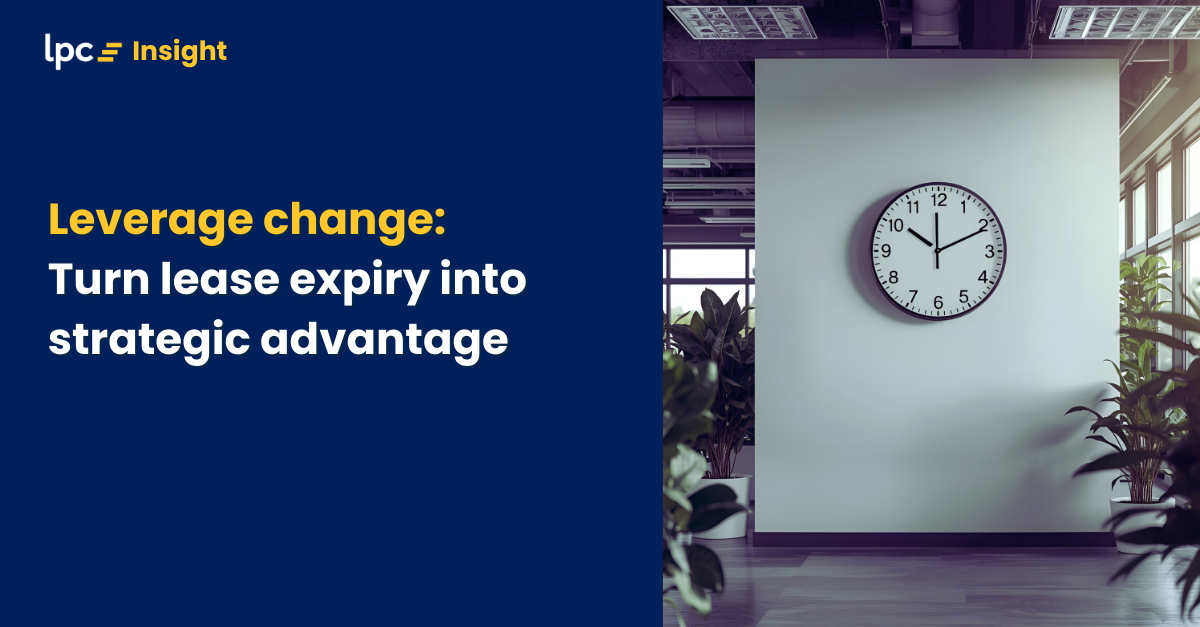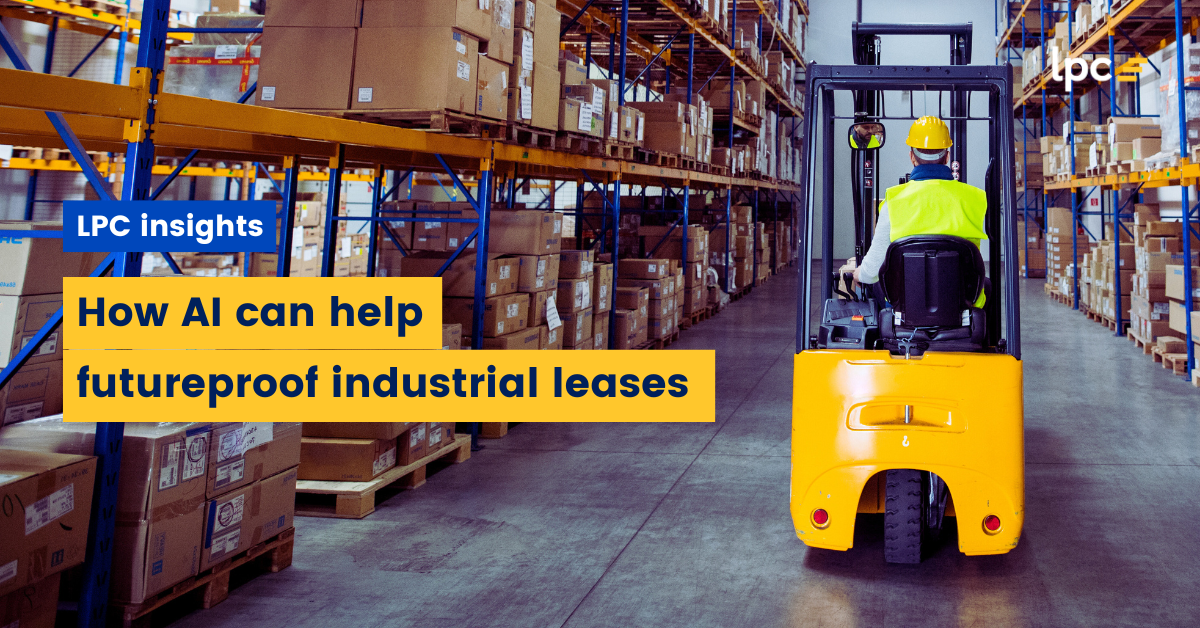I recently asked Copilot whether "AI can help futureproof the design and fitout of our office space?". Here is Copilot's response: "Absolutely. AI is already reshaping how office spaces are designed and fitted out – and it's only getting smarter."
It seemed a good idea to ask Rebecca Pelling, MD of LPC Project Services, the same question. Whilst enthusiastically endorsing the powerful tools that AI brings to the table, her answer was not as emphatic noting that "AI has limitations when it comes to understanding nuances like culture, emotions, and subtle differences between organisations in how people interact, and how these factors impact workplace productivity today and into the future."
When I put Rebecca's point to Copilot, the response was "AI is a powerful co-pilot – but it works best when paired with human insight, creativity, and strategic foresight." This article provides a brief overview of how AI can help to futureproof your office when combined with human input.
How can AI help the office occupier futureproof their workplace?
"Designing future-ready offices is no longer guesswork. AI gives us the predictive tools to understand how work evolves—and our spaces can evolve with it." - Kay Sargent (Director of Workplace, HOK)
Any commercial occupier that ignores AI's potential to help futureproof their business will be increasingly disadvantaged as other occupiers become more skilled at leveraging AI. Here are some ways in which AI can help a commercial occupier futureproof their office design, fitout, and layout:
Data-driven workplace solutions – Many commercial occupiers generate useful workplace usage records via sensors and other devices. The limitation is that this data is retrospective, and change is both costly and difficult. On the other hand, AI-assisted solutions leverage external and internal workplace productivity data and consider future office trends in conjunction with the occupier’s workplace objectives. AI can add considerable intelligence to workplace decisions to generate optimal layouts and promote productivity, thereby mitigating the risk of rework.
Scenario-driven workplace solutions – AI tools can simulate different usage scenarios, helping you design spaces that can adapt to changing work styles like hybrid or activity-based working, and to plan for future growth or reconfiguration. This enables design, fitout, and layout decisions that have more regard for the evolution of the workplace, thereby mitigating the cost of change in the future.
Sustainability-driven workplace solutions – AI can factor in natural lighting, acoustics, and energy use to create environmentally friendly and cost-effective designs. From lighting and HVAC to occupancy sensors and predictive maintenance, AI can help integrate smart tech that adapts to evolving occupier requirements
Risk management – Each of the above three benefits of AI reduce a commerical occupier’s risk related to capital spend on workplace accommodation and the potential requirement to rework the workplace in the future. AI queries and tools can be used to specifically focus on uncertain future business requirements and risks to highlight critical decisions pertaining to design, layout, that will either increase or decrease risk into the future.
AI limitations when it comes to workplace design, fitout, and layout.
"AI won't replace managers, but managers who use AI will replace those who don't." - Ginni Rometty (former CEO, IBM)
Ginnie Rometty’s quote captures the imperative for business leaders to embrace AI to remain relevant, and the perspective that AI is not a substitute for human contribution. When it comes to office design, layout, and fitout these are some of the key areas that highlight the need for human contribution and point to AI limitations.
Garbage in and garbage out – Whilst AI draws on vast knowledge databases and tools to generate workplace solutions, AI integration and application need human judgement to optimise the usefulness of AI-generated solutions for specific organisations.
Reading the room – At the end of the day, AI is artificial intelligence based on enormous data resources. It is not human intuition that does not necessarily align with AI-generated solutions, for AI has limitations when it comes to creative constructs that lead the way on workplace productivity for a specific organisation.
Values and culture – The subtle impact of how values and culture affect workplace productivity is not easily replicated in an AI tool, which means AI solutions do not fully recognise the importance of values and culture on workplace design, layout, and fit-out. Sound judgement about such matters, together with AI input, is needed to help futureproof workplace commitments.
Concluding comment
"The future of productivity will be defined by human-AI collaboration—machines that think with us, not for us." - Fei-Fei Li (AI Expert, Stanford Professor)
Leveraging AI is essential if an office occupier is to get the best outcomes from their workplace commitments. Asking the right questions and applying the right tools are the keys to getting the best possible AI input. Human-AI collaboration is key.
Who is LPC, and how do we help futureproof their accommodation arrangements?
LPC is a conflict-free advisor to commercial tenants across Australia and New Zealand. We facilitate a strategic review of accommodation strategies, represent occupiers to secure the best-fit accommodation arrangements, provide lease management services to multi-site occupiers, and oversee fit-out and relocation for clients. Contact us to help with your accommodation requirements.
Join the movement to strengthen the tenants' voice by subscribing to The Tenants' Voice LinkedIn Newsletter!



